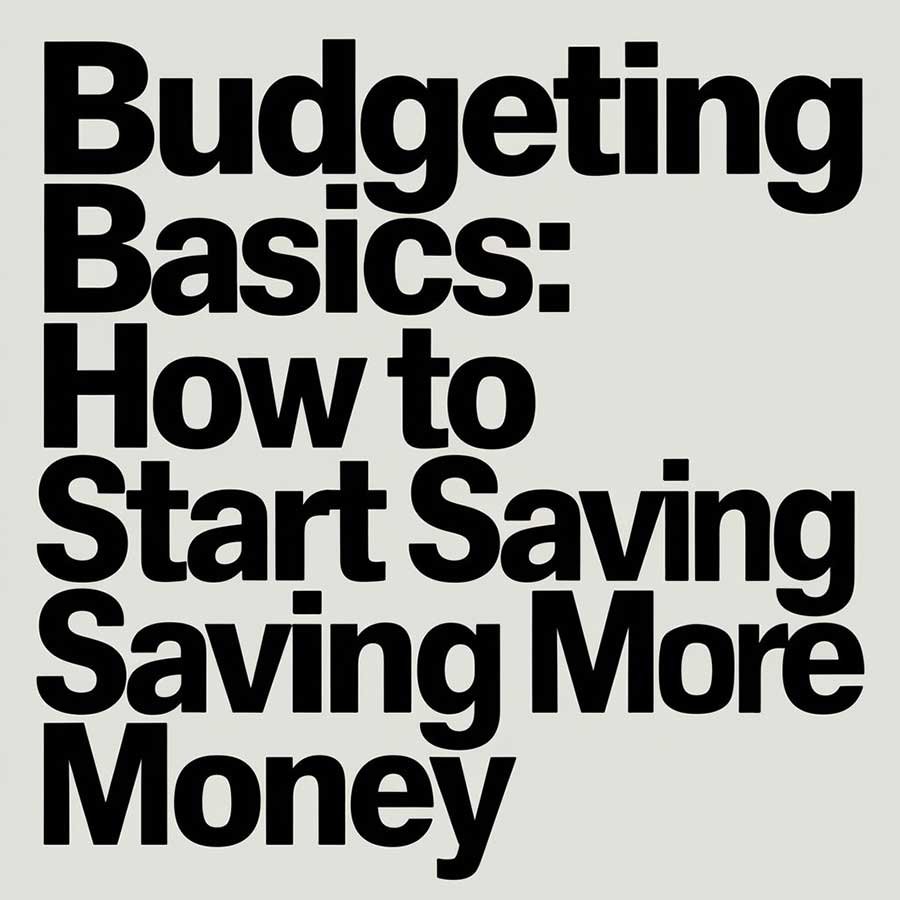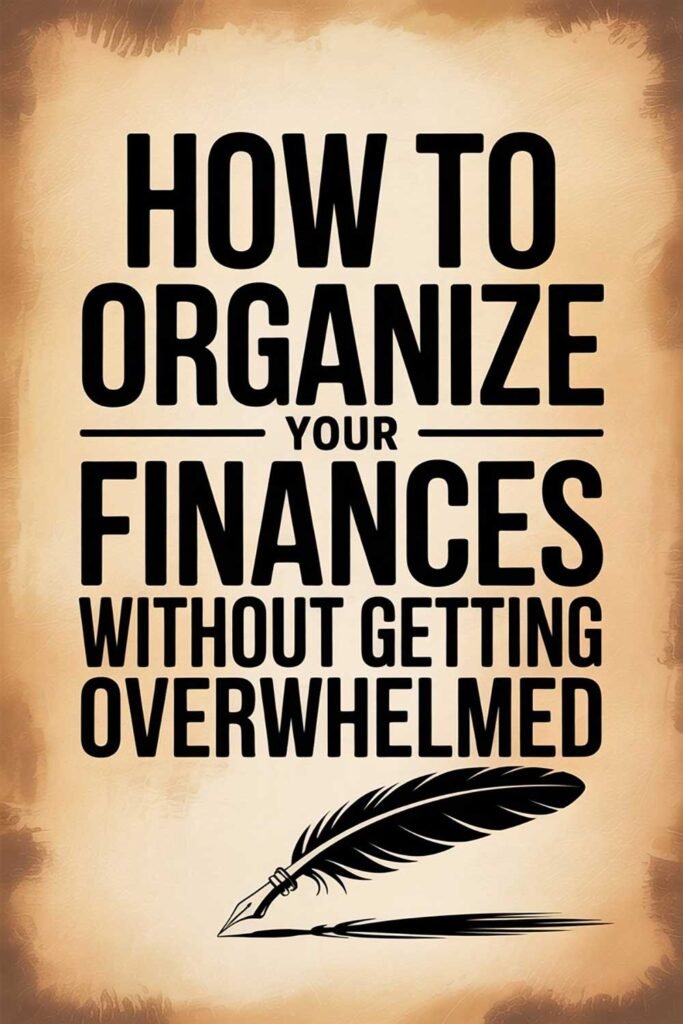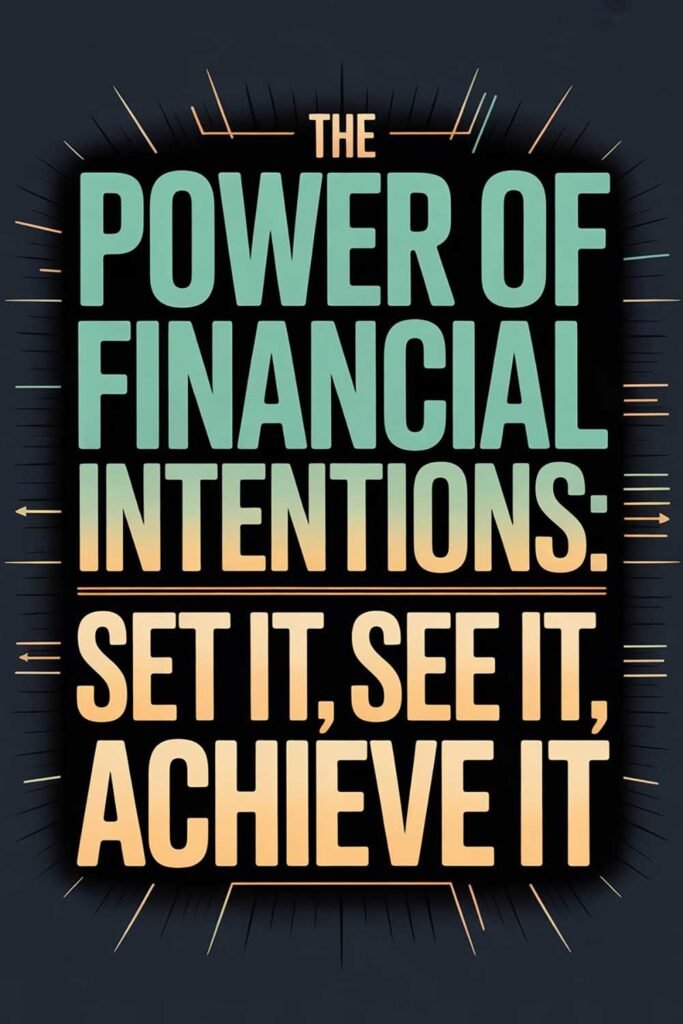
Budgeting Basics: How to Start Saving More Money
Budgeting is the foundation of financial success. Whether you’re looking to save more money, get out of debt, or plan for the future, having a solid budget can help you take control of your finances and achieve your financial goals. The good news? Budgeting doesn’t have to be complicated.
This guide breaks down the basics of budgeting and offers practical steps to help you start saving more money today.
Step 1: Understand Why Budgeting Matters
A budget is a plan for how you spend and save your money. It helps you make intentional financial decisions instead of wondering where your money went at the end of the month.
Benefits of Budgeting:
- Helps You Save More – Allocating money for savings ensures you build financial security.
- Prevents Overspending – A budget keeps your expenses in check.
- Reduces Financial Stress – Knowing where your money is going provides peace of mind.
- Accelerates Debt Payoff – Budgeting helps you allocate more toward reducing debt.
- Supports Long-Term Goals – Whether saving for a house, a car, or retirement, budgeting helps you get there faster.
Action Step:
Take a moment to write down why you want to start budgeting. Having a clear reason will help keep you motivated.
Step 2: Track Your Income and Expenses
Before creating a budget, you need to understand your financial inflows and outflows.
How to Track Your Finances:
- List All Income Sources – Include salary, side gigs, passive income, and any other earnings.
- Categorize Your Expenses – Break them into fixed expenses (rent, utilities, insurance) and variable expenses (groceries, entertainment, dining out).
- Use Budgeting Tools – Apps like Mint, YNAB, and EveryDollar can help track spending automatically.
- Review Past Bank Statements – Look at spending patterns over the last three months.
Action Step:
Spend one week tracking every dollar you spend to get a clearer picture of your financial habits.
Step 3: Choose a Budgeting Method That Works for You
There are multiple budgeting techniques—choose the one that fits your lifestyle best.
Popular Budgeting Methods:
- 50/30/20 Rule – Allocate 50% to needs, 30% to wants, and 20% to savings/debt repayment.
- Zero-Based Budgeting – Assign every dollar to a specific category so that income minus expenses equals zero.
- Envelope System – Use cash envelopes for different expense categories to prevent overspending.
- Pay Yourself First – Automatically set aside savings before spending on anything else.
Action Step:
Pick a budgeting method and test it for one month to see if it works for you.
Step 4: Set Realistic Saving Goals
Savings should be intentional. Instead of saving what’s left over, make saving a priority in your budget.
Types of Savings to Prioritize:
- Emergency Fund – Aim for 3-6 months of expenses for financial security.
- Short-Term Savings – Save for upcoming expenses like vacations, car repairs, or gifts.
- Retirement Savings – Invest in 401(k), IRA, or index funds for long-term financial health.
- Big Purchases – Plan ahead for items like a house, car, or education expenses.
Action Step:
Set a specific savings goal (e.g., “Save $1,000 in 3 months”) and break it into weekly or monthly milestones.
Step 5: Cut Unnecessary Expenses
Saving money doesn’t mean sacrificing all the fun in life. Instead, identify areas where you can cut back without feeling deprived.
Easy Ways to Cut Expenses:
- Cancel Unused Subscriptions – Review streaming services, gym memberships, or app subscriptions.
- Eat at Home More Often – Meal planning can significantly reduce food costs.
- Use Cashback and Coupons – Take advantage of cashback apps and discount codes.
- Negotiate Bills – Call service providers and ask for better rates.
- Switch to Generic Brands – Often, they offer the same quality at a lower price.
Action Step:
Find three expenses you can reduce or eliminate this month and reallocate that money to savings.
Step 6: Automate Your Savings
One of the easiest ways to build savings is to make it automatic so you don’t have to think about it.
How to Automate Savings:
- Set Up Direct Deposits – Have a portion of your paycheck go straight into savings.
- Use Round-Up Savings Apps – Apps like Acorns or Chime automatically round up purchases and save the difference.
- Schedule Recurring Transfers – Set up an automatic transfer from checking to savings every payday.
Action Step:
Automate a small savings amount today—even $10 per week adds up over time.
Step 7: Stay Consistent and Adjust as Needed
Budgeting is not a one-time task; it’s a habit that needs regular adjustments as your financial situation changes.
How to Stay on Track:
- Review Your Budget Monthly – Make adjustments based on changes in income or expenses.
- Celebrate Small Wins – Reward yourself when you reach savings milestones.
- Find an Accountability Partner – Having a friend or spouse on board makes it easier to stick to a budget.
- Keep Learning – Read financial books and listen to podcasts to stay motivated.
Action Step:
Set a monthly reminder to review your budget and make necessary changes.
The Power of Budgeting and Saving
A simple budgeting plan can lead to financial freedom, less stress, and more opportunities to enjoy life. When you create a budget and commit to saving regularly, you’ll feel more in control and confident about your financial future.
By starting today, you’re taking the first step toward a stronger financial future—one where you save more, worry less, and have the flexibility to achieve your biggest financial dreams.
Picture This
Imagine checking your savings account and seeing a growing balance, knowing that you have money set aside for emergencies, future plans, and financial peace of mind. No more paycheck-to-paycheck stress—just financial confidence and security.
Please Share This Article
If you found this guide helpful, share it with someone who wants to take control of their finances and start saving more money!






